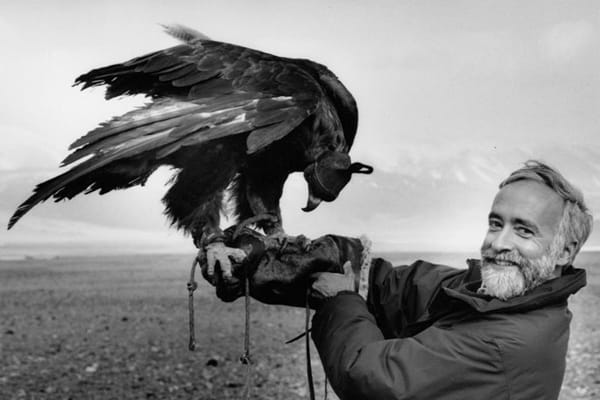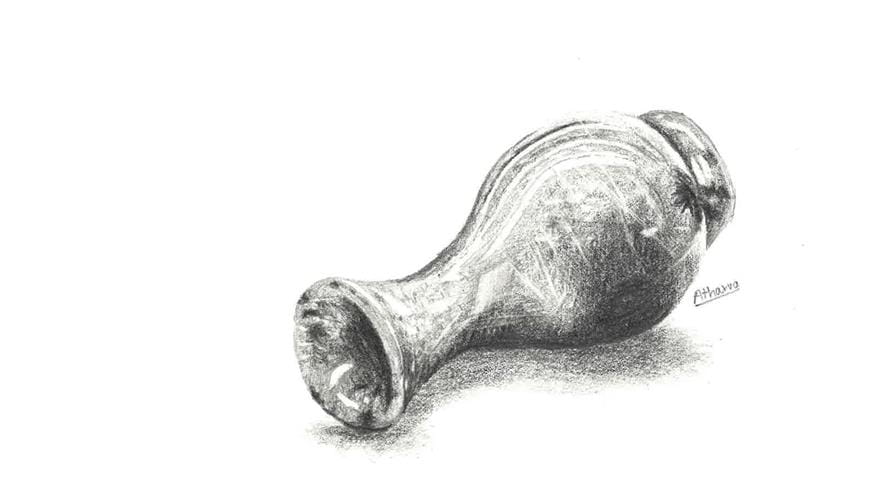Q&A with Robert McCracken Peck: For the Love of Art and History

It took Robert McCracken Peck and his co-author three years to write the first complete history of the Academy of Natural Sciences of Drexel University, but 35 years to do the research. That’s about how long Peck, a celebrated globe-trotting writer, naturalist and historian, has been working at the Academy, currently as curator of art and artifacts and senior fellow.
Last year as the Academy marked its bicentennial, the 464-page A Glorious Enterprise: The Academy of Natural Sciences of Philadelphia and the Making of American Science by Peck and Patricia Tyson Stroud was published. This week, the Athenaeum of Philadelphia honored Peck and Stroud with their Literary Award.
DrexelNow caught up with Peck to find out what he’s up to these days.
What motivated you and your co-author to devote three years of your life to writing A Glorious Enterprise: The Academy of Natural Sciences of Philadelphia and the Making of American Science, the first complete history of the Academy?
The Academy of Natural Sciences is a fascinating institution, filled with amazing collections and extraordinary people. Our earliest members helped to define the study of natural history in North America, and the men and women who have worked here over the past 200 years have done much to shape our understanding of life on earth. It’s hard to believe that there hasn’t been a complete history of the institution until now. The book took three years to write, but more than 35 years to research. I feel lucky to have been involved with such a glorious enterprise—both the book and the institution.
You recently returned from a three-month fellowship at the American Academy in Rome. What’s that about?
I took a leave of absence from the Academy and Drexel to immerse myself in Roman history and conduct research on the English writer, traveler and artist Edward Lear (1812-1888), who lived in Rome in the 1830s. I’m writing a book on his natural history paintings. Founded in the late 19th century, the American Academy in Rome is an academic “think tank” which brings together, by invitation, distinguished architects, art historians, archaeologists, artists, writers, historians and other scholars with interests in Rome and/or classical studies. They share in each other’s intellectual explorations and good company, while immersing themselves in the glories of Rome. Visiting scholars during the last six months have included historian David McCulloch, political cartoonist Patrick Oliphant, author Toni Morrison, playwright John Guare (Six Degrees of Separation), the New Yorker and The Nation columnist Calvin Trillin, and Harvard professor Stephen Greenblatt, author of The Swerve: How the World Became Modern, which won the 2012 Pulitzer Prize for nonfiction. It was enormously stimulating for me to be in such company.
What are you working on now?
In addition to a writing book on the natural history paintings of Edward Lear, I am editing a collection of essays on Arctic exploration to be published by the American Philosophical Society later this year.
The Academy of Natural Sciences is known for its dinosaurs, dioramas and live animals. Can visitors see any artworks and artifacts, too?
Visitors to the Academy are welcome to watch the page-turning of John James Audubon’s enormous and spectacular book The Birds of America in the library every weekday at 3:15 p.m. and hear a short talk about the newly revealed bird illustration and the artist. While there, they can also see portraits of some of the Academy’s early members by great American artists including Charles Willson Peale and Thomas Sully. The art that appeals most to our visitors, however, is found in the magnificent dioramas, the majority of which were created in the 1930s. They are wonderful examples of how science and art can unite to inform and delight us in unexpected ways.
In This Article
Drexel News is produced by
University Marketing and Communications.
